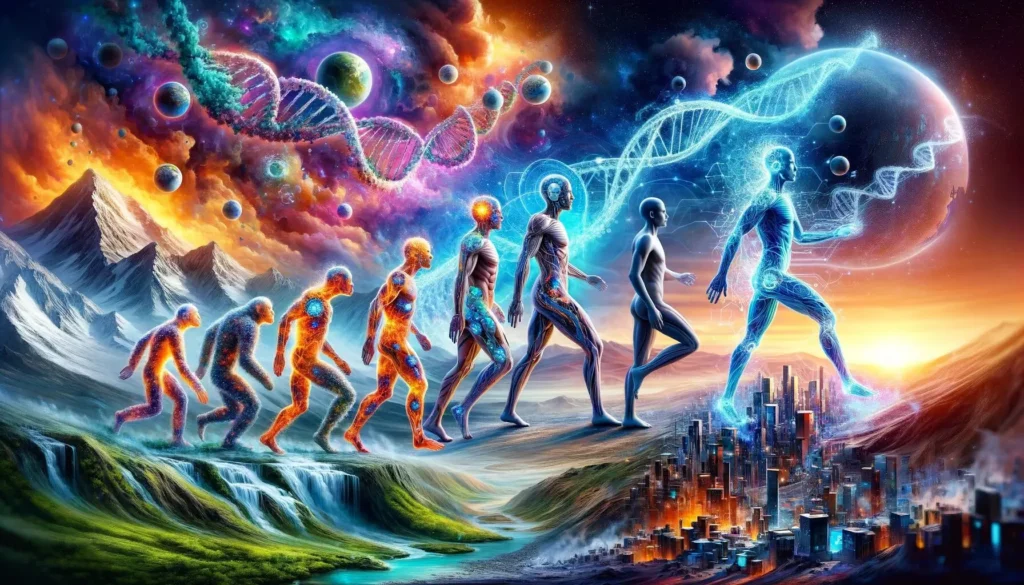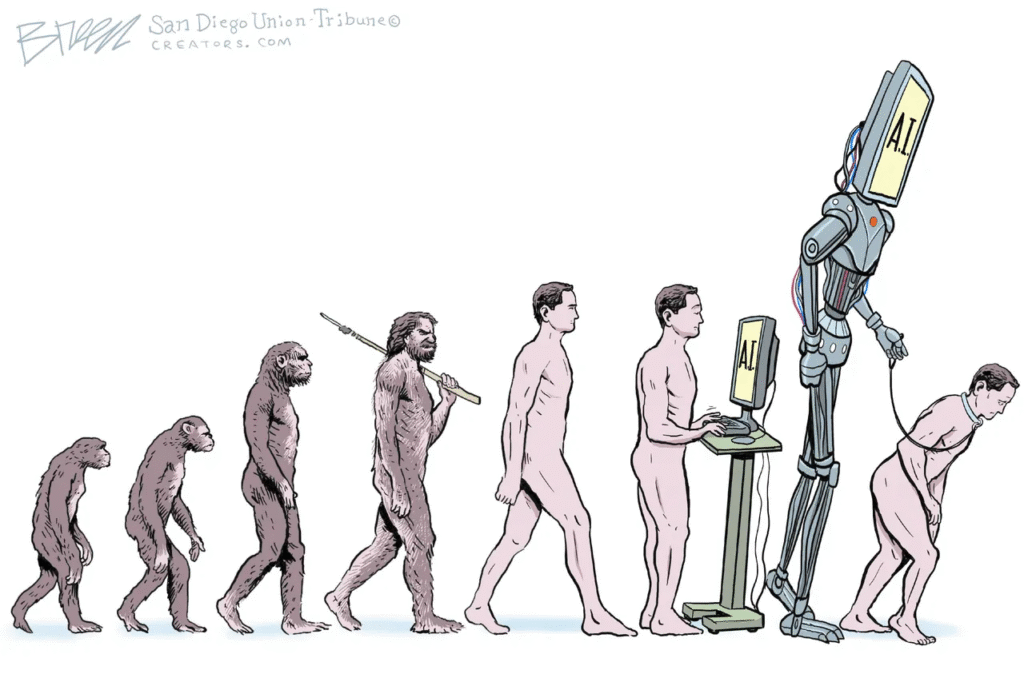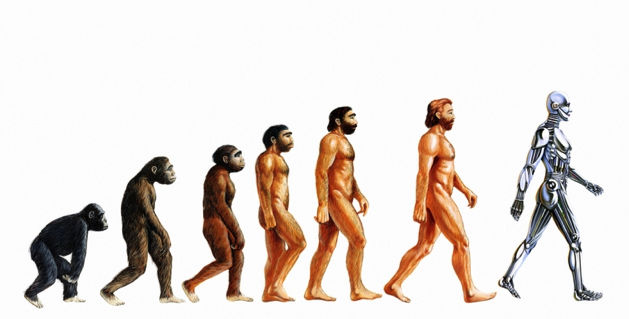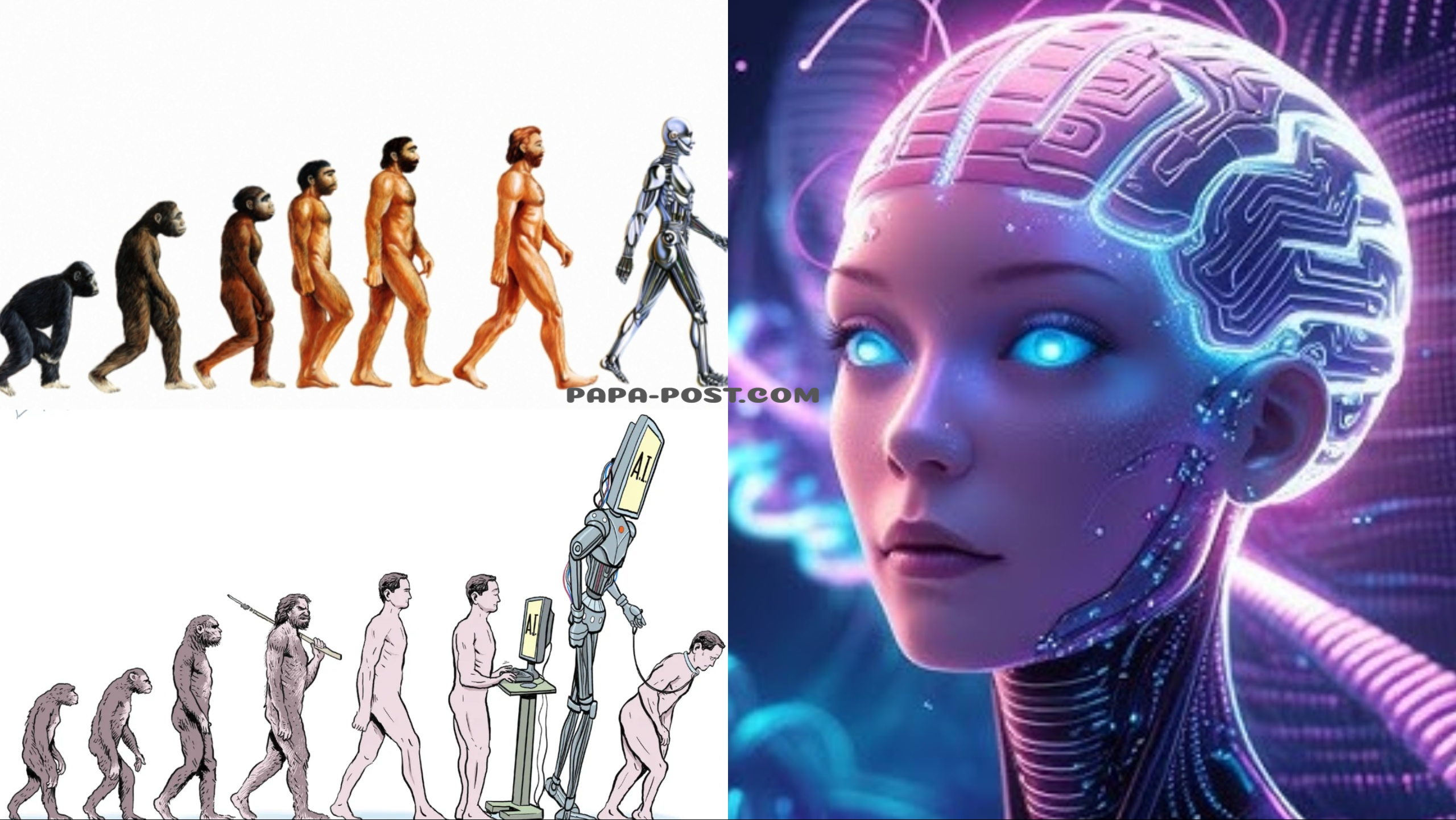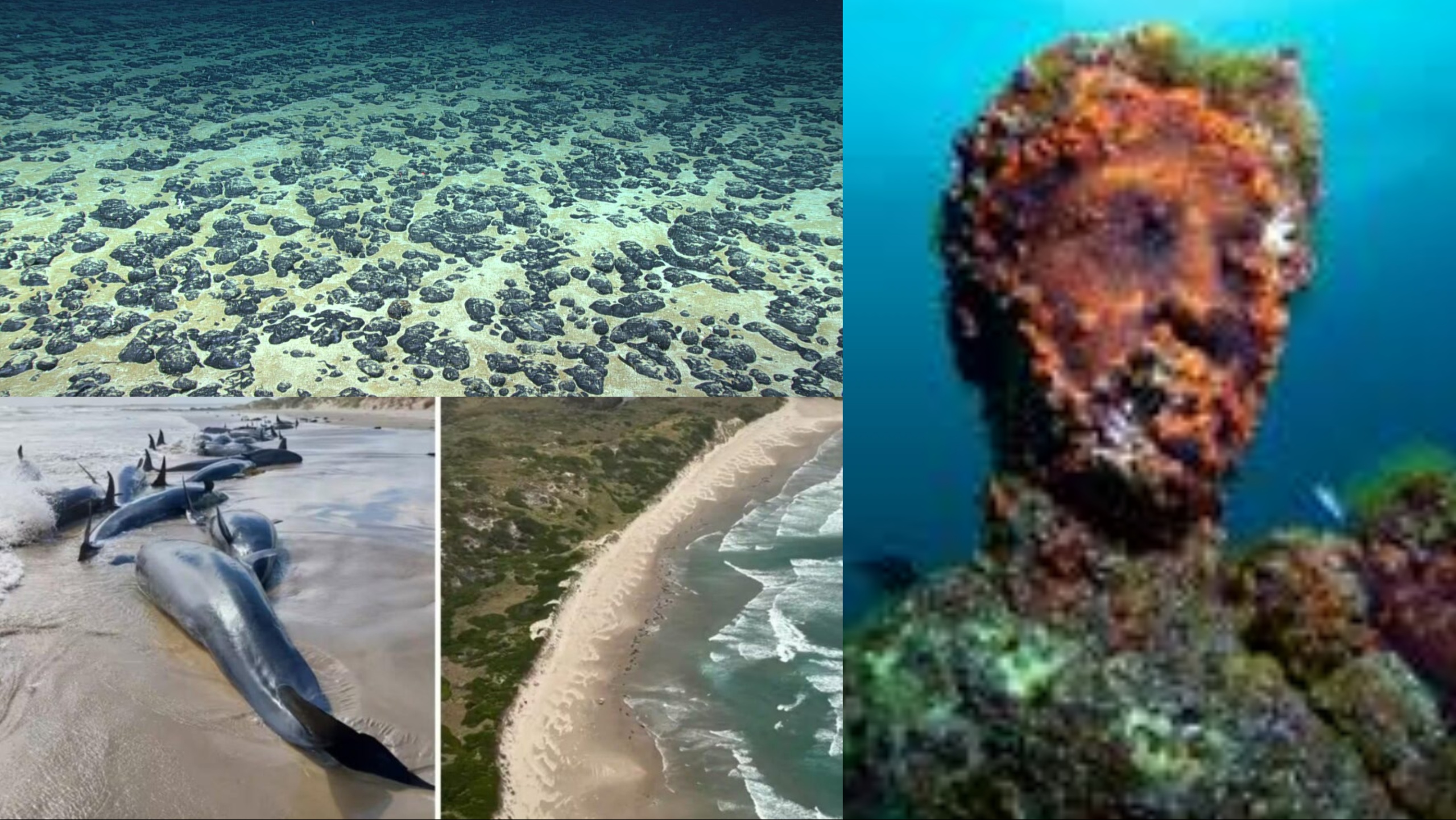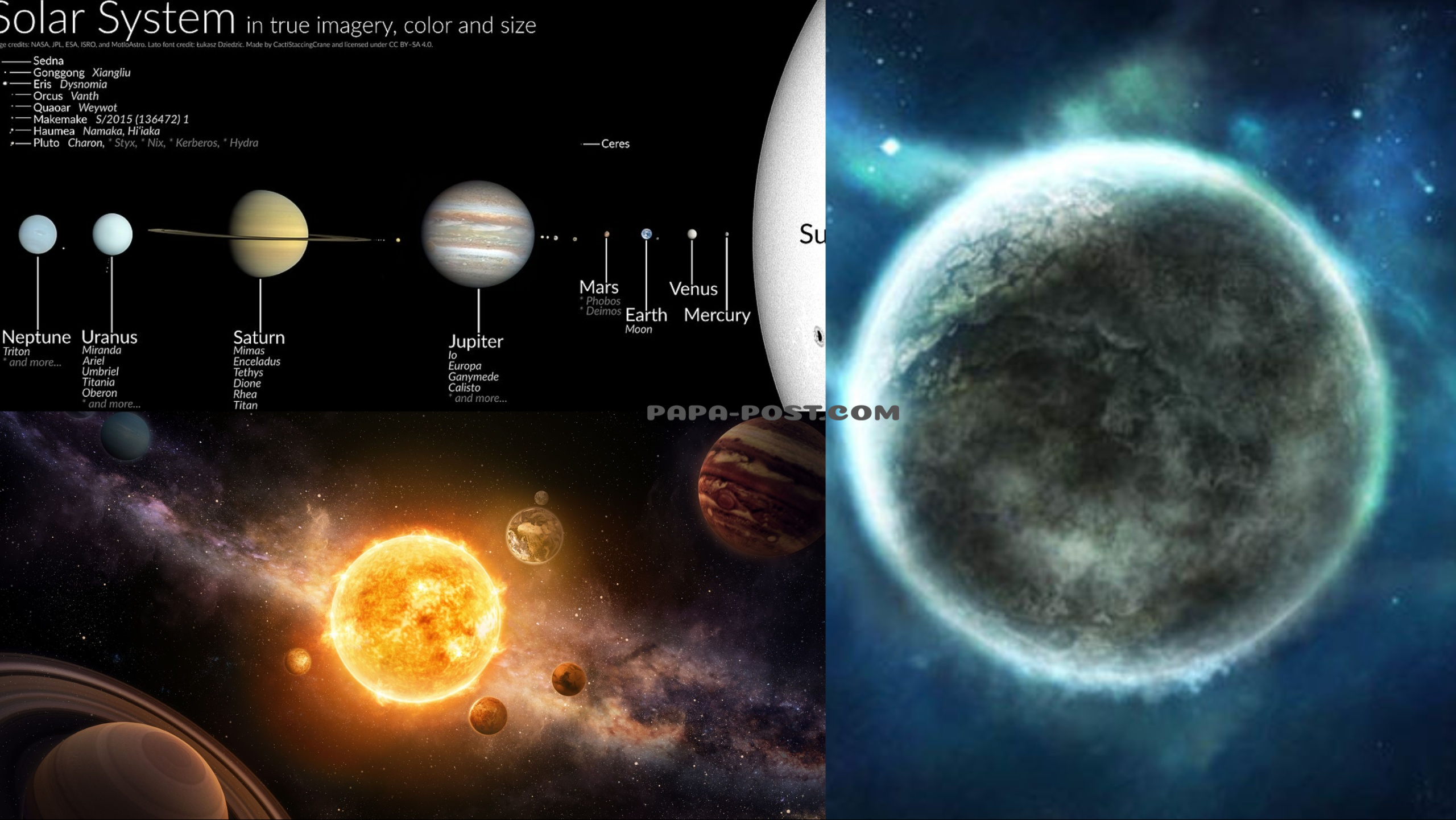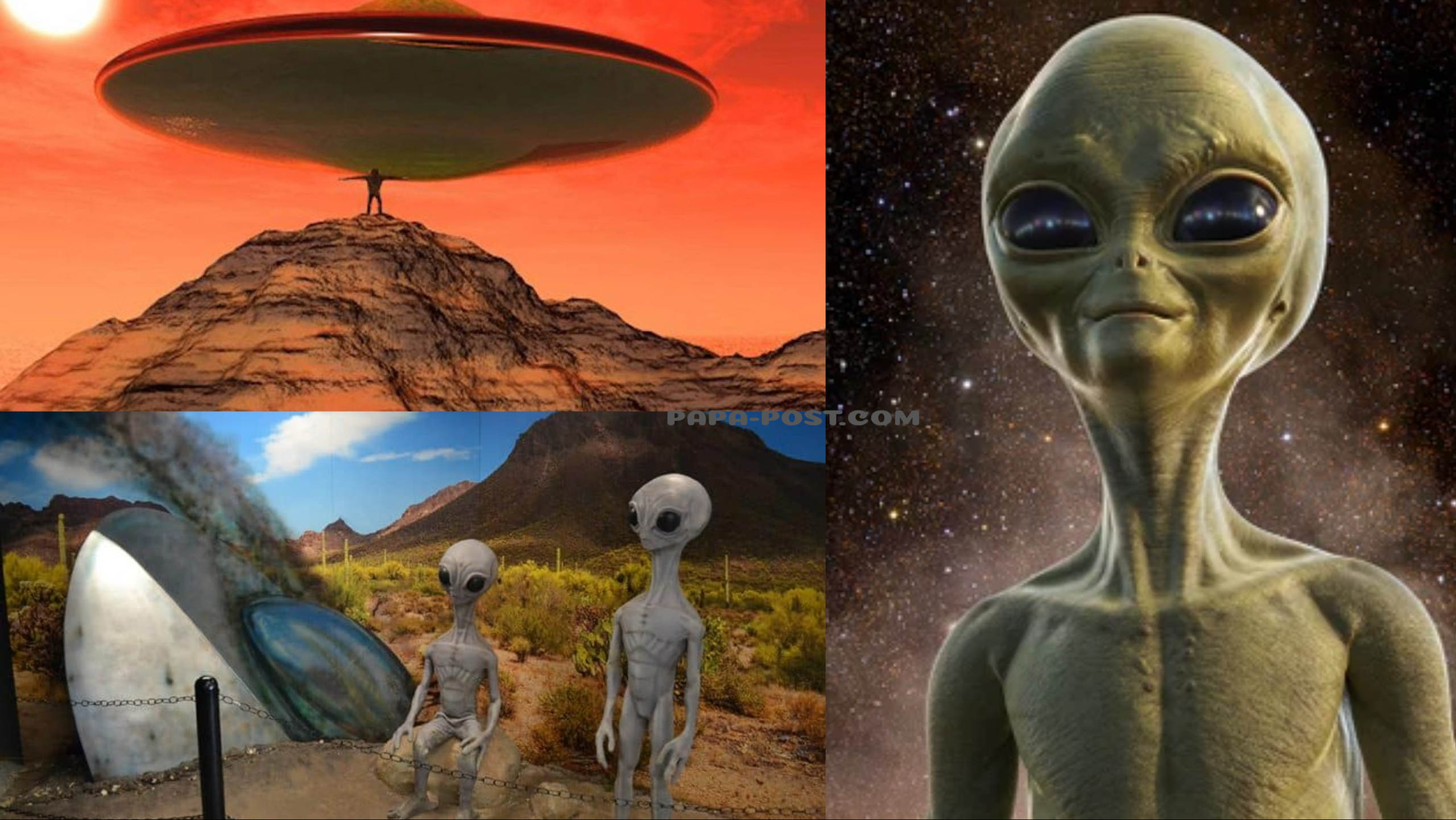Introduction
What will humanity look like in the future? It’s a question that has intrigued scientists, philosophers, and visionaries for centuries. As we stand at the crossroads of rapid technological advancement, climate change, and social evolution, it is more pertinent than ever to consider how these forces will reshape not just the world around us but the very essence of our physical and psychological identity. Human appearance—our height, skin, facial structure, and even what we define as “human”—may be drastically different in the next centuries or millennia. This article explores potential scenarios for the future of human appearance, weaving together insights from genetics, technology, climate science, sociology, and speculative thought.
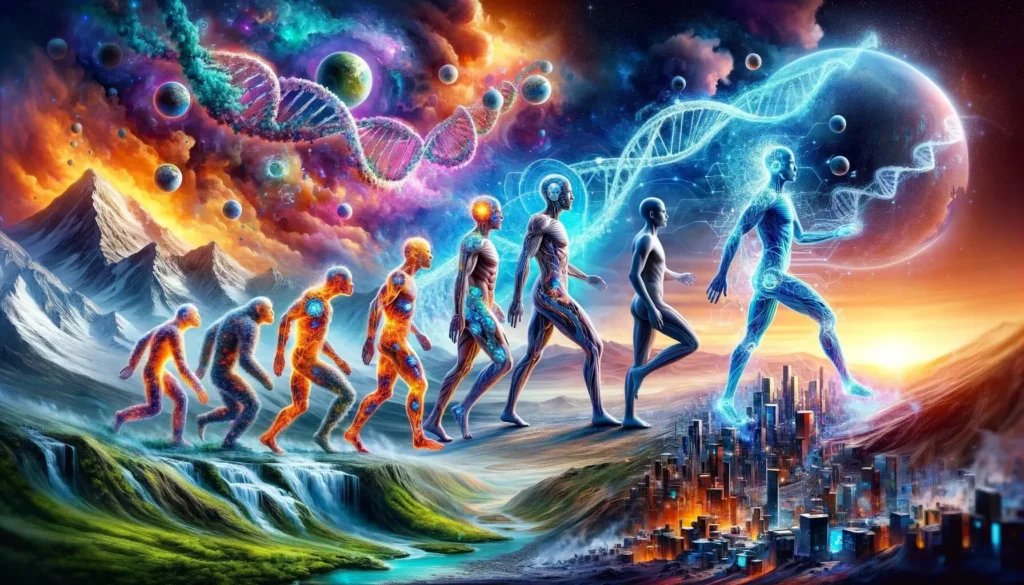
1. Biological Evolution: The Natural Path
1.1 Evolution Never Stops
Though modern medicine and societal advances have reduced natural selection pressures, evolution is still ongoing. Human genes continue to mutate and shift subtly in response to environmental cues. Over tens of thousands of years, these shifts can lead to significant changes in our appearance.
For instance, as global intermixing increases, future humans may have more homogeneous skin tones, likely a medium brown due to the blending of diverse genes. Eye and hair color diversity may lessen, trending toward dominant traits such as brown eyes and dark hair.
1.2 Adaptation to Environment
If climate change continues to intensify, humans might adapt to rising temperatures and UV exposure. This could mean:
- Darker skin tones universally, offering better protection from UV radiation.
- Slimmer body builds to better regulate body heat in hot climates.
- Changes in nostril shape, as happened historically, adapting to new air moisture levels and temperature.
Humans living in colder areas or in space environments might experience opposite changes—paler skin, wider body types for heat retention, and facial adaptations for low-oxygen or artificial-air habitats.
1.3 Genetic Drift and Founder Effects
In isolated future colonies—whether in underground Earth bunkers, floating ocean cities, or Martian settlements—small gene pools might exaggerate unique traits. This could give rise to subpopulations with noticeably different facial structures or body proportions, not due to environment but due to statistical chance and genetic bottlenecks.
2. Technological Transformation: Bioengineering and Beyond
2.1 The Rise of Genetic Engineering
With CRISPR and other gene-editing tools maturing, humans may soon choose how their children look. This includes not only health-related changes—like disease resistance—but also cosmetic preferences. Eye color, height, hair texture, even facial symmetry may be tailored.
Such “designer babies” raise profound ethical and social questions. Will beauty standards dictate genetics? Might we create a homogenized version of attractiveness based on prevailing ideals?
Or, perhaps, genetic diversity will flourish in new directions, with parents choosing brilliant blue skin, bio-luminescent tattoos, or other customized features that defy today’s norms of natural appearance.
2.2 Cybernetic Enhancements
Technology won’t just change our genes—it will blend with our bodies. Already, prosthetics are becoming more sophisticated, and brain-computer interfaces are in development. In the future:
- Neural implants may be visible under the skin or glow faintly.
- Smart lenses could replace eyes for enhanced vision.
- Embedded communication devices may alter the shape of ears or necks.
- Exoskeletons might modify posture and gait.
Eventually, the line between human and machine may blur entirely. Appearance could become modular—aesthetic, functional, or entirely abstract. Individuals might choose to appear humanoid, animal-like, robotic, or even something entirely unique.
2.3 3D Printed Bodies and Synthetic Biology
Future humans may not be born but printed or grown. Synthetic biology might allow for custom bodies that surpass natural limitations. This opens up extraordinary possibilities:
- Tailored muscle and bone structures
- Interchangeable skin with programmable colors or patterns
- Self-healing bio-skin that changes in reaction to emotion or environment
In this world, appearance becomes fluid and creative. Identity may no longer be linked to biology but to personal design and imagination.
3. The Influence of Climate and Geography
3.1 Urbanization and Indoor Living
With the majority of people already living in cities—and the trend increasing—future humans may spend 90% or more of their lives indoors. This could affect our appearance dramatically:
- Paler skin tones due to lack of sunlight
- Weaker bones unless compensated for through technology or diet
- Smaller lung capacity in response to air pollution or low-exertion lifestyles
Eyes might become larger in lower-light conditions, and posture could adjust to sedentary life, especially if much time is spent in virtual or augmented reality.
3.2 Life in Space and Other Planets
If humanity colonizes other planets—Mars, moons of Jupiter, or orbiting space stations—our bodies may evolve or be engineered for those conditions. On Mars, for example:
- Low gravity might lead to taller, thinner frames
- Radiation exposure might necessitate darker skin or artificial shielding
- Oxygen scarcity might lead to expanded chest cavities or efficient blood types
Living in space may also shift facial features—puffy faces from fluid redistribution, or altered bone density from reduced gravitational stress.
3.3 Genetic Isolation and Divergence
As we spread across environments—Earthly and extraterrestrial—populations might diverge genetically. This could lead to the emergence of subspecies of humans adapted to different conditions, possibly with distinctive appearances. Long-term separation could create visible differences in:
- Skin textures
- Body size ratios
- Facial muscle distribution
- Reproductive and hormonal systems
4. Cultural and Aesthetic Shifts
4.1 Fluid Identity and Customization
In a world where technology and biology merge, appearance may become a matter of daily choice. Through nanotechnology, augmented reality, or virtual avatars, people may be able to:
- Change face or body at will
- Project holographic “clothing” or personas
- Shift between genders, ages, or even species representations
Appearance could become an expression of mood, creativity, or ideology. A person might look human one day, feline the next, and an abstract cloud of colors on the third.
4.2 Cultural Values Redefining Beauty
As cultures evolve, so too will the standards of beauty. With globalization and cross-cultural exchange, the future might see:
- Emphasis on symmetry, glow, or movement instead of static features
- Recognition of hybrid aesthetics—blending cultural beauty norms
- Artificial beauty as the new normal—designed through apps, implants, and filters
What’s considered beautiful may depend on the interface used: augmented reality filters, online avatars, or projected forms may dominate over the natural body.
4.3 Post-Humanism: Beyond the Body
Some thinkers propose we may transcend the body entirely. Minds might be uploaded into digital systems—AI-human hybrids or consciousness in the cloud. In this future:
- Appearance may be code—a simulation
- Individuals may choose avatars unconstrained by biology
- A person might present as a galaxy, a voice, a geometric pattern, or a classical statue
In such a reality, the physical body becomes obsolete, and humanity takes on appearances limited only by imagination.
5. Ethical, Psychological, and Social Implications
5.1 Class Divisions by Design
As enhancements and designer traits become accessible, inequality could increase. The rich might afford longer limbs, perfect skin, or cognitive enhancements, while the poor remain “natural.” This could create new prejudices:
- “Unmodified” versus “enhanced”
- “Earthborn” versus “Spacers”
- “Organics” versus “Synthetics”
Appearance may no longer just indicate ethnicity or status—it may reflect access to technology.
5.2 Identity and Authenticity
As people gain the ability to constantly alter their appearance, questions of authenticity arise. Who are we without a fixed face or body? Do we lose or expand our sense of self when we can shape-shift at will?
Psychological challenges may arise around:
- Body dysmorphia in a world of infinite choice
- Virtual addiction to non-physical forms
- Detachment from aging, death, or natural cycles
5.3 Ethics of Enhancement
If humanity begins editing appearance or biology extensively, we must consider moral boundaries. Should there be limits to how we change ourselves? Should human “nature” be preserved?
Some may embrace radical change. Others may advocate for retaining our original form. Future humanity could be split between:
- Techno-optimists pushing for post-human evolution
- Bioconservatives seeking to preserve the natural human form
6. Possible Future Human Archetypes
To synthesize the possibilities, here are five speculative archetypes of future humans:
- The Synth – A human-machine hybrid with robotic limbs, glowing eyes, and data implants.
- The Designer – Genetically perfected for symmetry, health, and aesthetic appeal; often indistinguishable from a model or character.
- The Spacer – Adapted to life in low gravity; tall, thin, with pale skin and advanced respiratory systems.
- The Earthbound – Unmodified descendants of today’s humans; varied, adaptive, and possibly marginalized.
- The Transcendent – No longer bound to the body; digital consciousness with chosen appearances in the virtual realm.
Each reflects a different path—biological, technological, philosophical—highlighting the diverse futures possible for our species.
Conclusion
The appearance of humanity in the future is a rich tapestry of possibility. From natural evolution to technological transformation, from cultural shifts to philosophical revolutions, our physical form is on the cusp of dramatic change.
In one version of the future, we become healthier, more attractive, and more capable than ever before—through the power of science and will. In another, we fragment into distinct subspecies shaped by isolation, ideology, or adaptation. In yet another, we shed the need for physical form altogether, becoming beings of light, code, or thought.
What binds all these visions is a central truth: humanity is not static. We are dynamic, evolving not just in mind and society, but in body and being. Whatever path we take, our appearance will reflect our values, our choices, and the extraordinary journey ahead.
